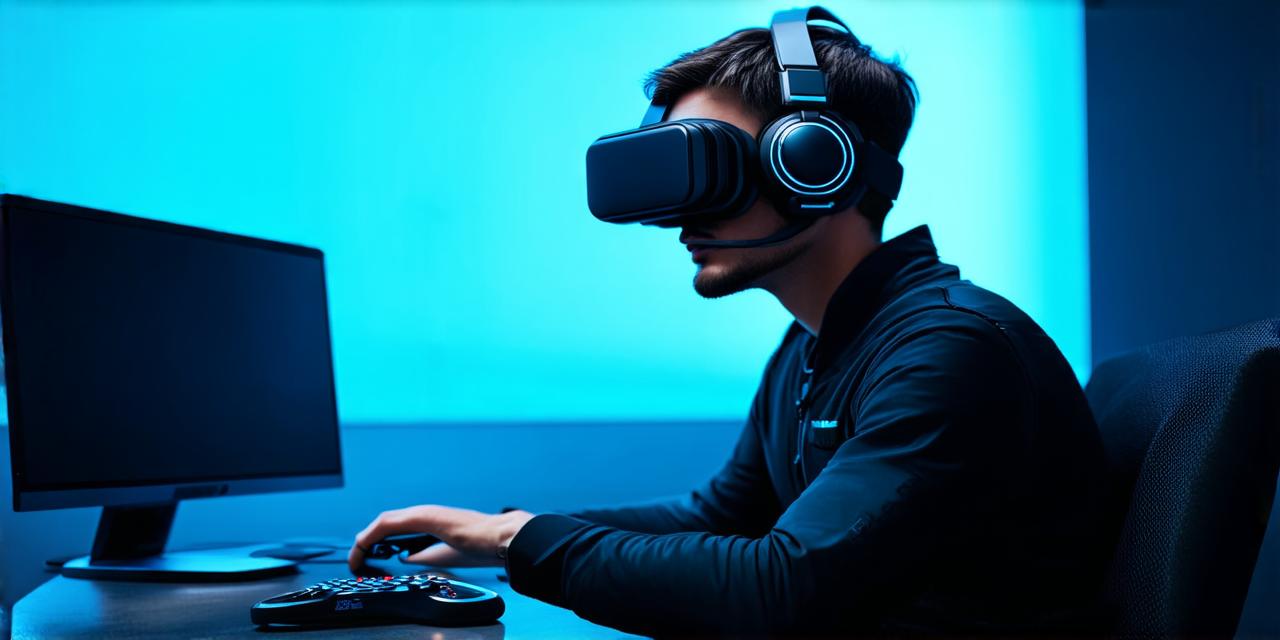Virtual reality (VR) technology has been advancing rapidly in recent years, and it’s no surprise that more and more people are using VR to experience immersive and interactive environments. However, creating a successful virtual environment is not an easy task. It requires careful planning, attention to detail, and a deep understanding of the technology.
Understanding the basics of VR development
Before diving into the details of creating a successful virtual environment, it’s important to understand the basics of VR development. Virtual reality involves creating an immersive experience that simulates a 3D environment in which users can interact with objects and perform actions. To create this experience, you will need to use specialized software and hardware, such as headsets, motion controllers, and tracking systems.
There are two main types of virtual reality: room-scale VR and stationary VR. Room-scale VR requires a large open space, while stationary VR is typically used in fixed locations, such as offices or museums. Both types of VR offer unique advantages and challenges, and it’s important to choose the one that best fits your project requirements.
Choosing the right hardware and software
Once you have a basic understanding of virtual reality development, the next step is to choose the right hardware and software for your project. There are several factors to consider when selecting VR equipment, including the quality of the display, the resolution, the refresh rate, and the tracking system used.
It’s important to choose high-quality hardware that can handle the demands of virtual reality development. For example, a high-resolution display with a fast refresh rate is essential for creating an immersive experience. Additionally, you will need to select a tracking system that can accurately track user movements and interactions within the virtual environment.
Selecting the right software is equally important. There are several VR development tools available, including Unity, Unreal Engine, and SteamVR. Each of these platforms has its own strengths and weaknesses, so it’s important to choose the one that best fits your project requirements.
Designing the virtual environment
Once you have selected the hardware and software for your project, the next step is to design the virtual environment itself. This involves creating a 3D model of the environment, adding textures and materials, and implementing interactive elements such as buttons and switches.
There are several key considerations when designing a virtual environment. First, you should ensure that the environment is intuitive and easy to navigate. Users should be able to find their way around the environment without getting lost or confused. Second, you should pay attention to lighting and sound, as these can have a significant impact on the overall mood and atmosphere of the environment. Finally, you should test your virtual environment thoroughly to ensure that it is bug-free and runs smoothly.
Creating interactive elements
Interactive elements are an essential part of any successful virtual environment. These include buttons, switches, and other interactive objects that users can interact with to perform actions within the environment. To create interactive elements, you will need to use specialized programming techniques and tools.
There are several approaches to creating interactive elements in VR development. One popular approach is to use scripting languages such as C or JavaScript to write code that controls the behavior of objects within the environment. Another approach is to use specialized software tools such as Unity’s built-in animation and physics engines.
Testing and debugging
Once your virtual environment is complete, it’s important to thoroughly test and debug it before releasing it to users. This involves testing the environment on a variety of hardware and software configurations, as well as identifying and fixing any bugs or performance issues that arise.
